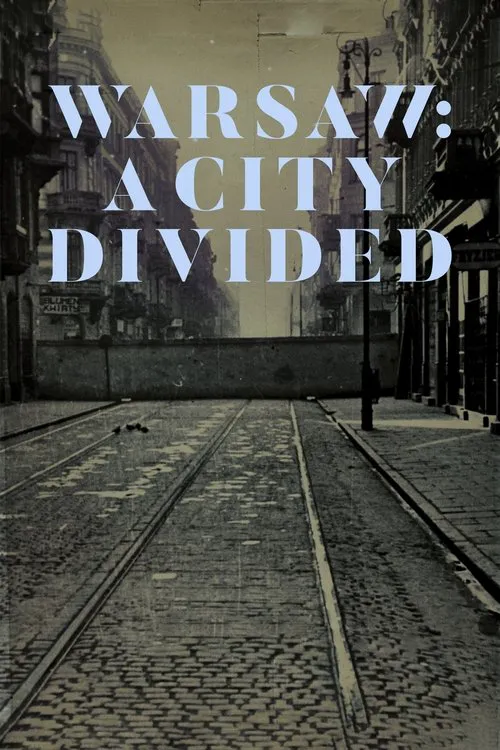Warsaw: A City Divided

Plot
In the midst of World War II, the city of Warsaw was plunged into an abyss of despair and terror. The once-thriving metropolis, nestled in the heart of Poland, was home to over 400,000 Jewish residents, who made up nearly a third of its population. In 1940, the Nazi regime, led by Adolf Hitler, began its campaign to erase the Jewish people from Europe. Warsaw became a prime target, with the Nazi's sinister plan to create the Warsaw Ghetto. The Warsaw Ghetto was one of the largest and most infamous ghettos created by the Nazis during the war. It was a walled prison, measuring approximately 3.4 square kilometers, which confined the Jewish population, excluding only those deemed fit for labor or with special privileges. The ghetto was a stark reminder of the Nazi's inhumane intentions, as they deliberately starved, brutalized, and murdered its inhabitants. The story of Warsaw: A City Divided takes a poignant look at the history of the Warsaw Ghetto from both sides of the wall. We delve into the experiences of the Jewish residents, forced to live alongside the Nazi oppressors, and the Poles who watched in horror from the outside. This film is a testament to the resilience and hope that existed amidst unimaginable suffering. One of the primary sources for the film is the testimony of survivors, those who managed to escape the ghetto or were rescued from it. Their stories provide a gripping insight into the ghetto's reality, a place where people lived, struggled, and ultimately died. We hear tales of daily struggles to find food, of brutal beatings, of forced separations, and of desperate attempts to escape. The survivors' testimonies paint a vivid picture of life in the ghetto, exposing the harsh realities faced by its inhabitants. Another pivotal component of the film is the discovery of a ten-minute film shot by Polish amateur filmmaker Alfons Ziółkowski in 1941. This grainy, amateur footage provides an extraordinary glimpse into the lives of the ghetto's residents. Ziółkowski, a Polish filmmaker, lived in a nearby building and had access to the ghetto. He captured the chaos, desperation, and resilience of the ghetto's inhabitants, as well as the cruel reality of the Nazi occupation. The footage, discovered decades after the war, offers a unique and haunting perspective on the ghetto's existence. Warsaw: A City Divided also explores the legacy and memory of the Warsaw Ghetto. We examine the impact of the Holocaust on the city and its people, and how the trauma of the ghetto's existence continues to affect the inhabitants of Warsaw today. The film sheds light on the complex and often fraught relationship between Jews and Poles during this period. We see how some Poles risked their lives to help Jews escape, while others betrayed their neighbors to the Nazis. This nuanced portrayal highlights the complexity of human behavior during times of war and occupation. One of the most compelling aspects of Warsaw: A City Divided is its ability to humanize the victims of the Holocaust. Rather than presenting a detached or dry account of historical events, the film immerses viewers in the gritty, emotional reality of life in the ghetto. We see the ghetto as a place of hope, where people came together, formed communities, and resisted against overwhelming odds. We hear the stories of lovers, families, and friends who found love, lost loved ones, and ultimately, sought survival. Through its powerful storytelling and poignant testimony, Warsaw: A City Divided confronts the audience with the brutality of war and the horrors of the Holocaust. The film demands attention, stirring emotions and evoking empathy. By exploring the history of the Warsaw Ghetto from both sides of the wall, this film not only honors the victims but also reminds us of the importance of remembrance, tolerance, and unity.
Reviews
Recommendations




